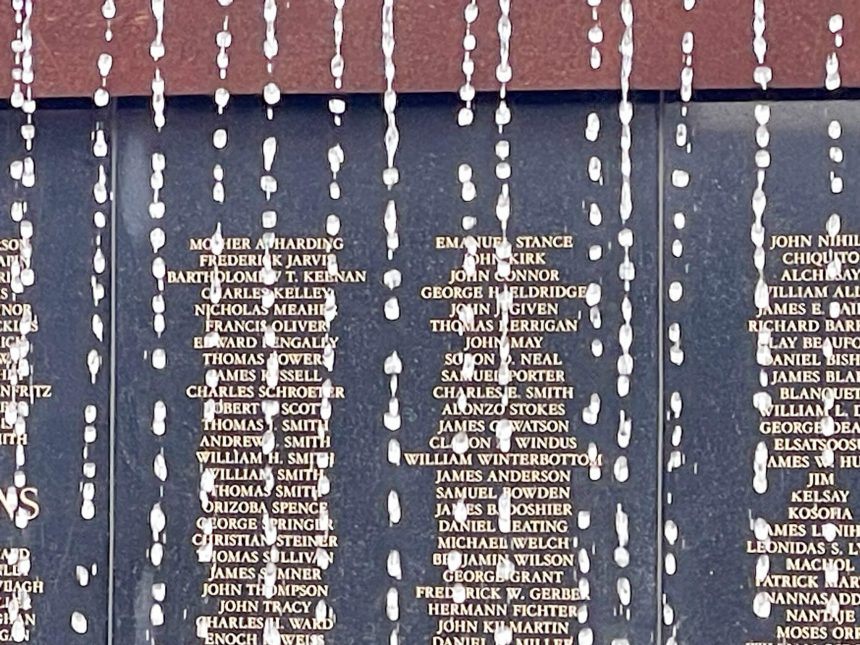Buffalo Soldiers – Revelation of a Proud History This Army Vet Was Unaware
Black Regiments Known as Buffalo Soldiers Were Highly Respected Army Units for More than 7 Decades
By Don Ray
Yolonda Williams is a septuagenarian who emits so much light from within that I almost needed to wear shades and apply sunscreen just to approach her. We were both at this month’s lunch gathering of the Greater Perris Valley Chamber of Commerce.
I quickly learned that, when it comes to reaching out to the community, she’s a trooper.
No, really — that’s how she introduced herself to me — as Trooper Yolonda, the founder and current president of the Inland Empire Buffalo Soldiers Heritage Association.
I would eventually learn that it’s one of dozens of similar chapters across the United States that honors black soldiers, in all black units, who fought courageously in U.S. military engagements from shortly after the Civil War ended until late in World War II.
Her mission, she said with unparalleled passion and charisma, is to raise enough excitement and money to build a memorial to honor Buffalo Soldiers at the Riverside National Cemetery.
But wait. I’d never heard of the Buffalo Soldiers.
“Buffalo Soldiers? Please tell me more.”
“They were the only all-black Cavalry unit in the United States Army,” she said.
I started to ask her how they came to be known as Buffalo Soldiers, but she was already answering the question — it was clear that she’s been introducing them to people for a long time.
“The Cheyenne Indians gave them the name Buffalo Soldiers out of respect,” she said.
My head was beginning to spin, so she backtracked a bit for me. Following the Civil War, she said, the Army gave all these newly freed slaves the difficult task of protecting the westwardly migrating, all-white, Americans — protecting them from the less-than-thrilled, native-American inhabitants.
They called it the Indian Wars.
Trooper Yolonda explained that the Indians (as white people preferred to call them back then) saw the buffalo as strong and fearless. And as warriors themselves, the defenders of their lands had a deep respect for the black soldiers they were fighting — they were brave and strong like buffalos.
“It was because of their fighting ability, their wiry hair, and their dark skin,” she said.
I’m now told by my publisher, the unit was memorialized in the Bob Marley and the Wailers song, “Buffalo Soldier.” See: https://www.songmeaningsandfacts.com/meaning-buffalo-soldier-bob-marley/
She encouraged me to meet with her and her 93-year-old husband, Trooper Gilbert Williams, at the area in the Riverside National Cemetery that the U.S. government has set aside for the Buffalo Soldiers monument — if, that is, she and her fellow troopers can raise the million or so dollars it will cost to design and build it.
She hung her cane over her wrist and pushed Trooper Gilbert in his combination walker and chair across about 20 yards of taller-than-it-should-be grass where she and I sat on a bench-high retaining wall so we could talk.
It was clear that she wanted to make her presentation in the middle of what would, one day, be the sprawling memorial.
Did I mention that she’s a trooper?
From the minute I turned on my audio recorder, she spoke as if there were a live audience listening at that very moment.
Astounding.
What’s remarkable is that she is a master storyteller.
Without prompting, Trooper Yolonda told me that, while the Buffalo Soldiers were all black, they weren’t all men.
What?
Indeed, there was a woman named Cathay Williams (no relation) who dreamed up a scheme to enlist as a Buffalo Soldier,
“She was a big, burly lady — strong and athletic,” Troop Yolonda said. “The first time she saw a Buffalo Soldier in uniform she was in awe.
“She went down to the recruiting office. Now mind you, the only thing you had to do to join the service back then was to have a physical exam, but they only looked at your ears, nose, and throat.”
At the time, Trooper Yolonda says, they told the recruits to write down their last name first, followed by their first name.
So, Cathay Williams wrote down “William Cathay” and nobody was any the wiser.
She served in the unit that would later become the Buffalo Soldiers.
Her plan fell apart, however, when a doctor had to do a full examination and discovered she wasn’t really what she signed up to be.
“I’d like to have been a fly on the wall back then,” Trooper Yolonda said.
Military records show that Cathay Williams received an honorable discharge. But years later, the U.S. government would deny her application for a disability she was basing on losing parts of her feet because of frost bite she had suffered as a soldier.
I had promised the two troopers that my interview would last only 20 minutes — but I was able to be an enthralled listener for more than an hour.
Trooper Yolonda made it clear that she does more than just recruit members and solicit donations. Her Buffalo Soldiers chapter reaches out to help people in need from all walks of life.
“We do a foster children’s luggage drive — we give slightly used luggage to foster homes.”
Even though Trooper Gilbert needs his walker to slowly get around, he’s always by Trooper Yolonda’s side at the events in which the chapter is involved.
He told me that his family moved from Los Angeles to the Perris area when he was a child.
“I was a farmer most of my life,” he said, “and I loved it because I liked to see things grow.”
It became clear, however, that he grew up with the same charitable spirit that would later attract him to Trooper Yolonda.
He recalls, as a boy during the Great Depression, when he would help his father load up excess food they raised.
“We would take the vegetables we would raise to the Produce Mart on Seventh Street in Los Angeles and give it away to people who needed it,” Trooper Gilbert said.
That talk of food reminded his wife of other events she’s organizing on behalf of the local Buffalo Soldiers chapter.
“We’re coming up on our fourteenth annual ’Soul Food Thanksgiving Luncheon’ at March Air Reserve Base for the U.S. veterans,” she said — and then described all the great food that veterans will enjoy there.
Trooper Yolonda got the final word — a plug of sorts— as we were getting ready to head back to our cars.
“I’ll leave you with this word,” she said. “Reach out to the Inland Empire Buffalo Soldiers Heritage Association. Become a member or donor or sponsor. We need you and we can do this together.
“You do not have to be a veteran to appreciate the rich history of the Buffalo Soldiers. You do not have to be a black male or female.
“In the time of war, there is no such thing as a bullet only designated for black men or white men or Hispanic men. The bullet is designated for whoever is in the rifle’s sight.”
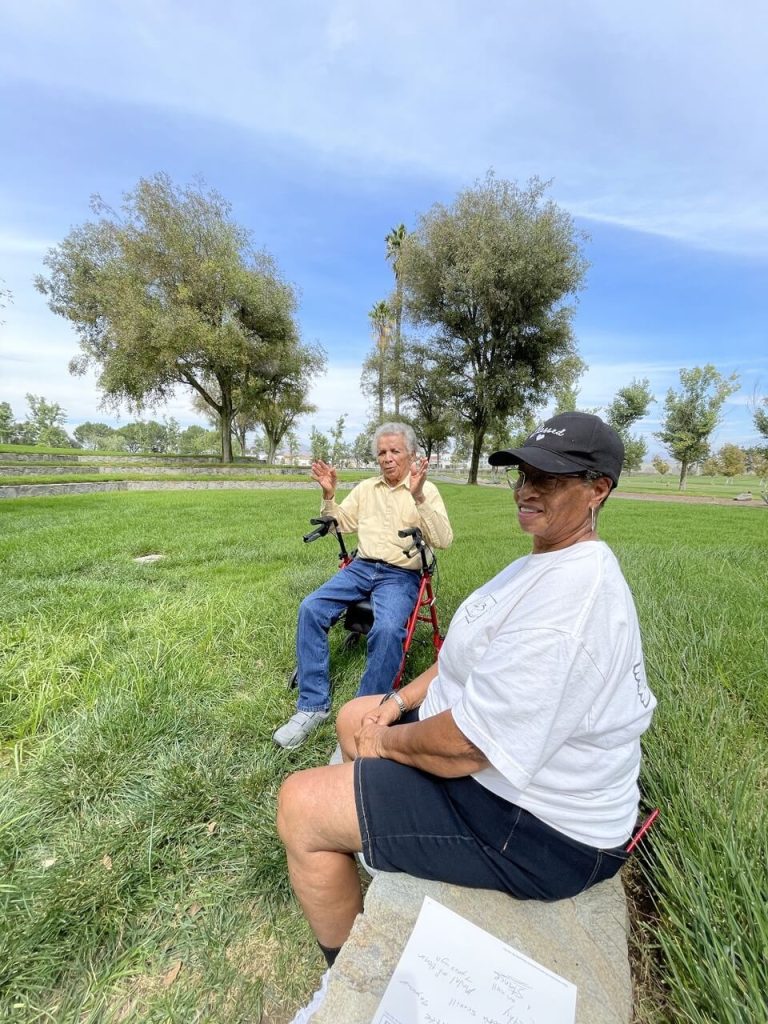
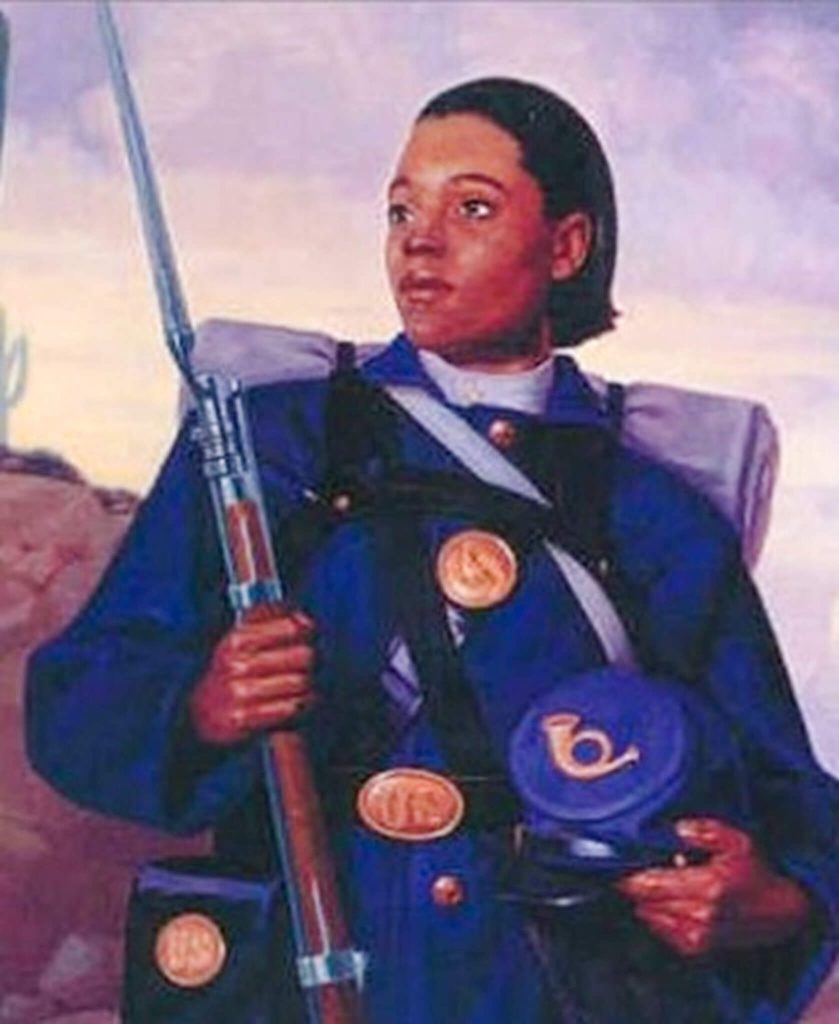
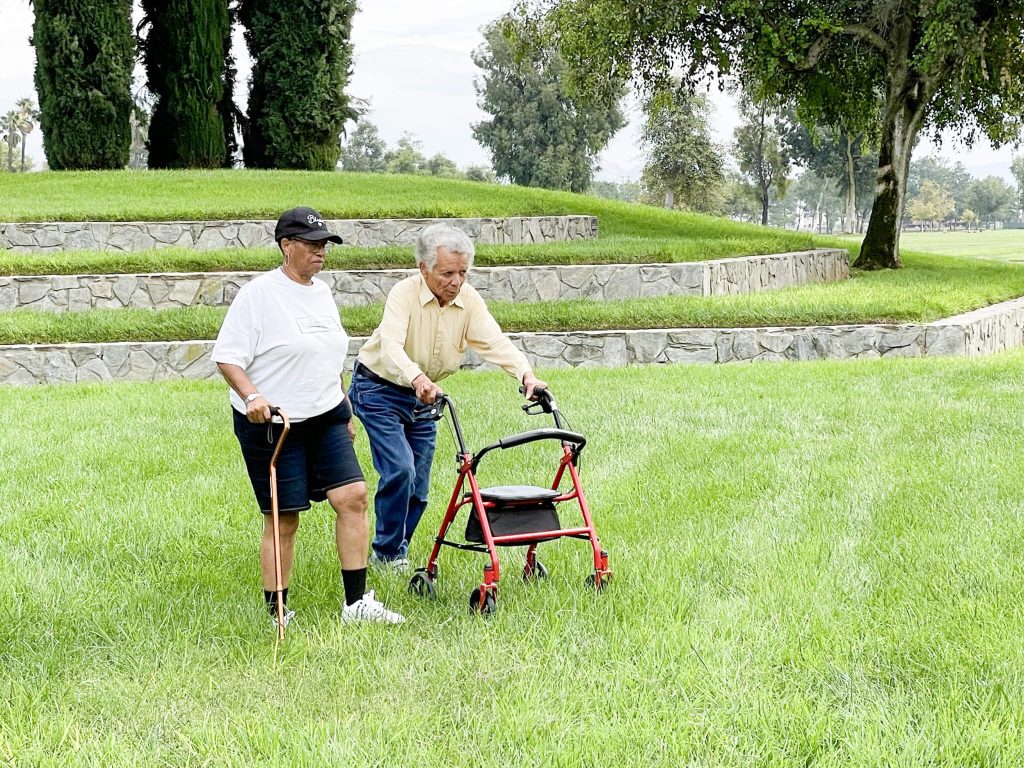
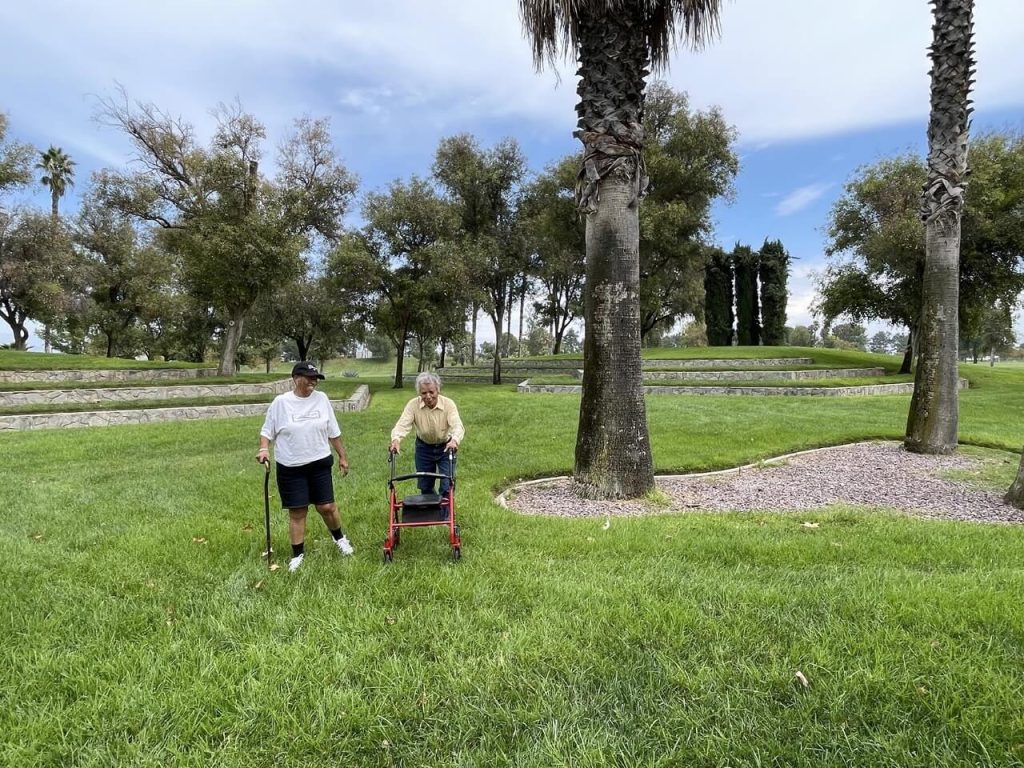
For More Ray of Light Stories by Don Ray Visit www.zapinin.com/ray-of-light.


